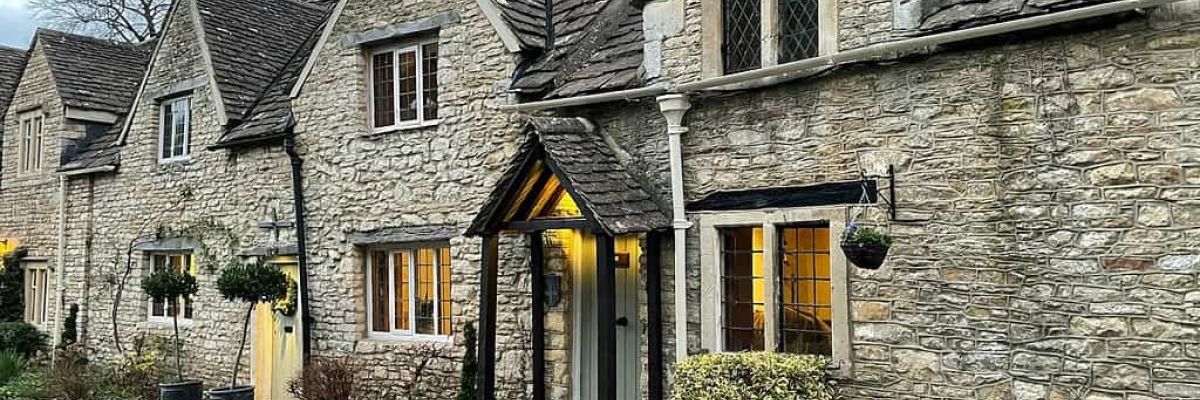Shared Appreciation Mortgage, what was it?

Shared Appreciation mortgages. Have you not heard of them? Unsurprising. They are no longer available. They kind of are, but you may know them better as later-life lending mortgages which offer similar but different terms.
Why are these mortgages relevant today? I have heard of two cases where children discovered a parent has a Shared Appreciation Mortgage and didn't understand what they were taking out. When I say they, I refer to the parents.
What is a Shared Appreciation Mortgage?
The purchaser of a home can obtain an interest rate lower than the current market rate. They did this by sharing the appreciation of the property's value with the mortgage lender. Let's give an example.
I bought a home for £100,000 with a 25-year mortgage. At the end of the 25-year term, I had repaid the mortgage. However, I agreed to share the increased value of my property with the lender in return for a low-interest rate over the mortgage term.
When the mortgage was removed, I agreed to give the lender a 30% share of the appreciation in value. I only have to provide the lender with this amount when I sell the property, or it is sold following my death. So even after repaying the mortgage, I don't have to pay anything.
When I sell it, the property will be worth £250,000. However, it will likely be at least 25 years before that happens. The value has increased by £150,000 since I purchased it for £100,000, and I owe my lender 30% of that—£45,000.
Different conditions were attached to these types of mortgages, but you get the basic idea.
These mortgages were popular in the late 1990s. You may think they're not such a bad deal, given that all the interest saved during the mortgage term makes the payments less than they would have been.
Why they weren't so good for some
My example above was a decent version of the Shared Appreciation Mortgage. Unfortunately, some had the misfortune of meeting the Bank of Scotland when they took out theirs. The Bank of Scotland wanted 75% of the property appreciation. So, let's run that example again.
I purchased the property for £100,000, sold it for £250,000 and made £150,000. I must give the Bank of Scotland 75% and owe them £112,500. Now, I would still get £137,500 when the property is sold, but is it a fair contract? I think not. Some may say you agreed to it and must pay for it. But here is the problem. Yes, you may already have guessed it. Miss-selling. Many didn't understand what they had signed up for and how much they may need to give away.
Some are even too scared today to sell their property. Those who took out these mortgages up to 30 years ago may want to downsize but can't. As soon as they sell the property, they must pay the Bank of Scotland or another lender 75%, which is unlikely to leave them enough to buy something smaller, given the rise in property prices. They didn't understand that could be an issue.
It's worth pointing out at this stage that a legal case led to a settlement between the Bank of Scotland and around 160 customers who had a Shared Appreciation Mortgage. The settlement terms are confidential, and the Bank of Scotland admitted no liability.
Check your parents mortgage if you can
Many of these mortgages are still out there. Not everyone understood what they signed up for, and some still may not know what they have agreed to—especially those who have since repaid the mortgage and still live on the property.
If you have a parent who may not have a good financial understanding and took out a mortgage in the 90s, it may be worth asking them where they still receive any letters from their lender long after the mortgage has ended to understand what the terms of their mortgage are.
Lee Wisener, CeMAP, CeRER, CeFAP
Having worked in the mortgage industry for over 20 years I have always wanted to build a website dedicated to the subject. Also being a geek when it comes to the internet all I needed was time and I could both build the site from scratch and fill it with content. This is it!

<< Newer Post
51% of new Scottish mortgages are first time buyersOlder Post >>
How far will interest rates fall in 2024?